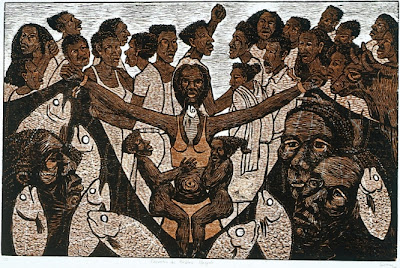Cuneo Museum , chicago ,,,,
Cuneo Mansion and Gardens may be a historic home, aggregation and gardens in Vernon Hills, Illinois, in-built 1914 and designed by creator Benjamin Marshall of Marshall & Fox. The mansion's 1st owner was prophet Insull, founding father of the Commonwealth artificer company. John Cuneo, Sr. purchased the mansion in 1937 when the collapse of the Insull utility empire. Cuneo is best called the founding father of the Cuneo Press and haw Mellody dairy farm. Cuneo had the inside of the Mansion painted with murals from Chicago Ecclesiological painter John Mallin. In 2009, the house was given to theologist University Chicago.
Information :
The mansion, that remained the family home till the death of Cuneo's widow in 1990, is currently Associate in Nursing gallery and historic house depository. It opened its doors to the general public for the primary time in 1991. The mansion's paintings, tapestries, and different furnishings ar the results of the Cuneo family's womb-to-tomb assembling. additionally to design and art, Cuneo is additionally famed for its grounds, designed by the famous Jens author (landscape architect).
During the vacation season, the depository and its grounds ar embellished with vacation lights and other people ar invited to drive through a "Winter Wonderland light-weight Show".
Interpretive tours of the mansion and its collections ar conducted by depository guides and employees. Self-guided tours ar currently offered weekday through Sunday 10:00 - 4:00pm till might fifteenth at which era target-hunting tours can resume. The Mediterranean vogue mansion options Associate in Nursing arcaded central hall, a lavish formal eating area and a non-public chapel. The collections embody antique furnishings, Renaissance paintings, tapestries, silver and ceramic ware. Souvenirs of your visit and distinctive gifts ar out there within the depository Store.
During the vacation season, the depository and its grounds ar embellished with vacation lights and other people ar invited to drive through a "Winter Wonderland light-weight Show".
Interpretive tours of the mansion and its collections ar conducted by depository guides and employees. Self-guided tours ar currently offered weekday through Sunday 10:00 - 4:00pm till might fifteenth at which era target-hunting tours can resume. The Mediterranean vogue mansion options Associate in Nursing arcaded central hall, a lavish formal eating area and a non-public chapel. The collections embody antique furnishings, Renaissance paintings, tapestries, silver and ceramic ware. Souvenirs of your visit and distinctive gifts ar out there within the depository Store.
Cuneo Museum in film :
The Cuneo repository has been the background of many noteworthy films set in Chicago. Specifically, several of the outside wedding scenes and reception shots for the 1997 romantic comedy My Best Friend's Wedding, leading Julia Roberts and Cameron Dias, were recorded at Cuneo repository. The repository was additionally the setting for senseless Protection, leading Larry the Cable Guy, that appeared in 2008.
- tour in Historical Society of Washin
- tour in Museum Smithsonian Instituti
- tour in The International Spy Museum
- tour in National Bonsai Foundation i
Cuneo Museum , chicago:






































